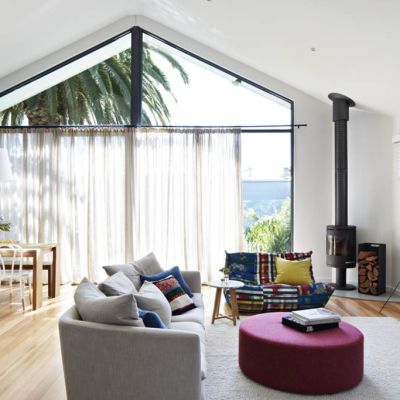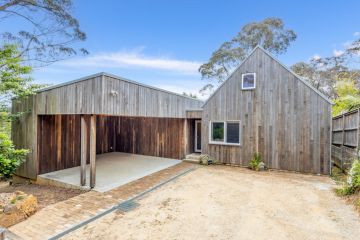The importance of a personal sanctuary in the home
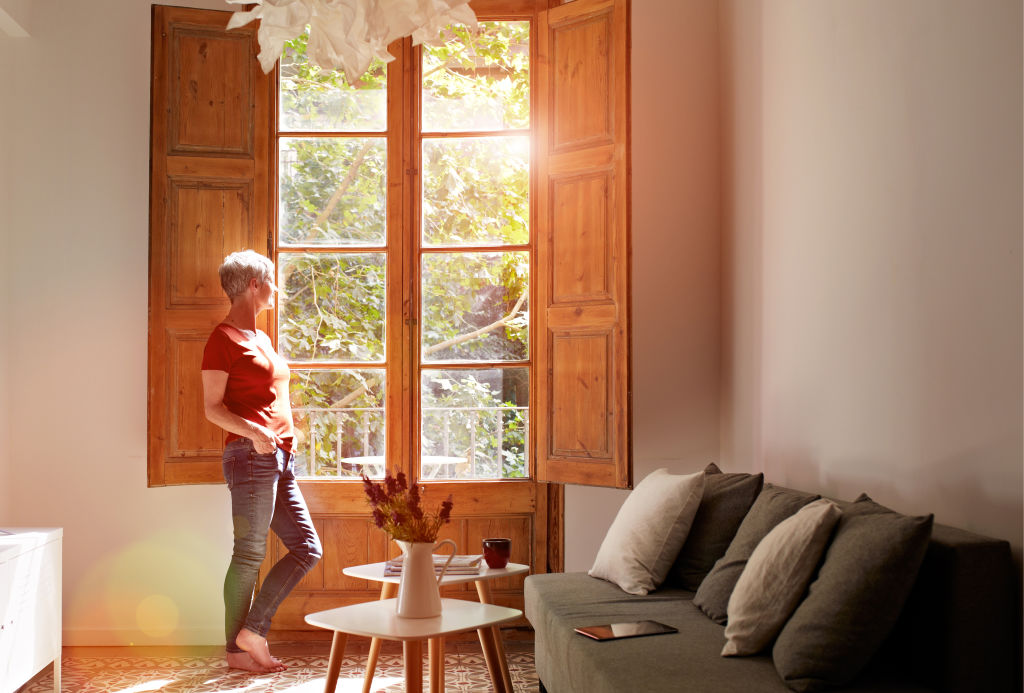
In a world of over-sharing, there’s a heightened desire for a place we can call our own.
Having a place in the home where you can enjoy a sense of “me-time” is important, and it’s also easy to create. A place where we can get some peace and quiet, and do whatever we like – eat chocolate, read a book, watch a movie on our tablet or whatever it is that makes you feel happy and relaxed.
Whether it be a spa-like bathroom, a quiet corner of the garden, a window seat piled with comfy cushions or a darkened tucked-away room, finding a space to claim as your own is more crucial than you might think.
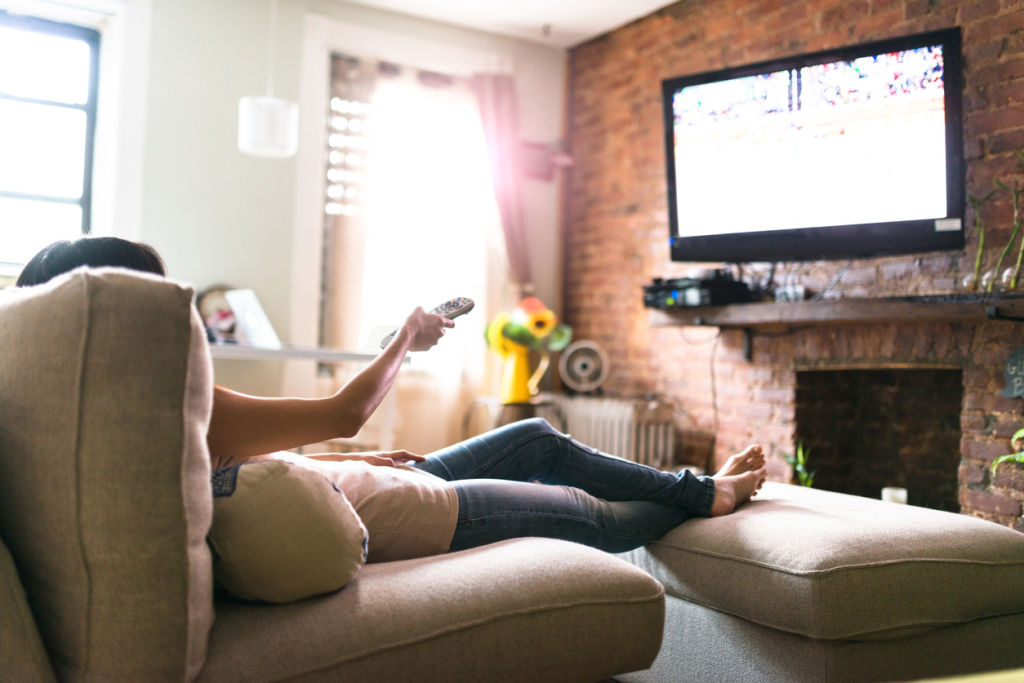
“In a hyper-connected world, solitude is a lost art. Having a physical respite from life’s chaos can be psychologically healthy. It gives us time to unhook from technology, unwind and reboot our lives. Some research suggests solitude can improve concentration and creativity, as well as help us realign our priorities,” says clinical psychologist Karen Nimmo of On the Couch.
“Our home environments can influence mood, stress levels, behaviour and motivation, so having a place that feels like a sanctuary can enhance your health. It doesn’t have to be grand, or a whole room – a nook, or even a chair will do. The only rule is that is comfortable and you enjoy being there,” Nimmo says.

Abbey Lang of Abbey Lang Home is a big believer in using nature to sooth the soul. “I think orienting homes and spaces towards gardens, vistas and nature makes us see life as much bigger than ourselves, which is necessary in a fast-paced world. Watching seasons, the weather and an ever-changing outdoor space helps us to slow down and appreciate that there is more to life than us.”
For more intimate spaces where you can reflect and slow down, she advises to choose deep moody cool tones: rich inky blues or smoky charcoal mixed with rich whites balanced with some warm timber and lots of natural light.
Resene colour consultant Brenda Ngatai’s top picks for calming colours are soft earthy green to connect to nature, tonal pinks to make you feel safe, indigo for spirituality, soft sky blue for clarity of mind. Using a matt or flat paint finish for the walls will make the space feel more cocooning. In darker colours, matt finishes can make the walls appear almost velvety.
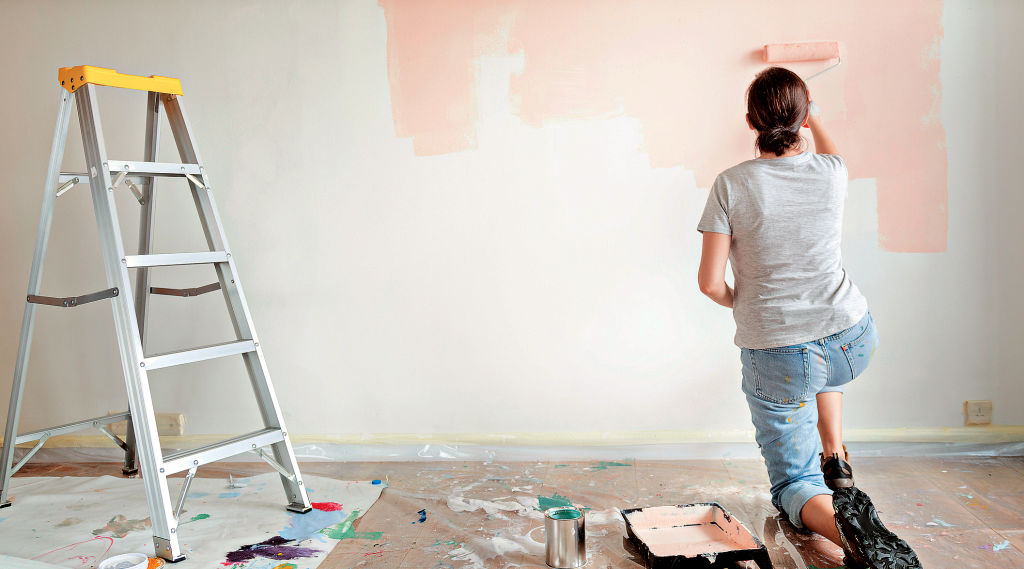
“Then layer the space with texture and comforting elements like cushions, sheepskins, throws and you favourite things,” she says.
Ngatai warns to avoid black, which can be depressing; also white, orange, yellow or red as they are quite harsh for a calming space.
Phil Redmond of Phil Redmond Architecture & Urbanism included a “room for one” in a recent project. “This room is decisively small and reclusive in scale and colour. It is dark and reflective with a sense of peace and stillness – a room for the homeowner to recede into, a room where the mind can escape,” he says.
The walls were painted a dark almost-black (Resene Nocturnal), charcoal-coloured curtains made from suited felt hang over the doors to the outside adding a soft comforting texture. A single couch is the only piece of furniture; oversized for the scale of the room, it reinforces that the room is for one.

When designing houses to respond to our changing future needs, both emotional and physical, Redmond points to a couple of approaches: “You either design to allow for the flexibility that digital devices allow or, you encourage re-engagement of people, through spaces that subvert the use of devices and focus it back on the inhabitants.”
For these smaller, more intimate spaces, he advices to work with scale, proportion, material and texture. “There is a really human scale to these spaces, they should be tactile and engaging. They should convey emotion in the selection of materials and colours.”
- This article originally appeared on stuff.co.nz
We recommend
We thought you might like
States
Capital Cities
Capital Cities - Rentals
Popular Areas
Allhomes
More
- © 2025, CoStar Group Inc.

